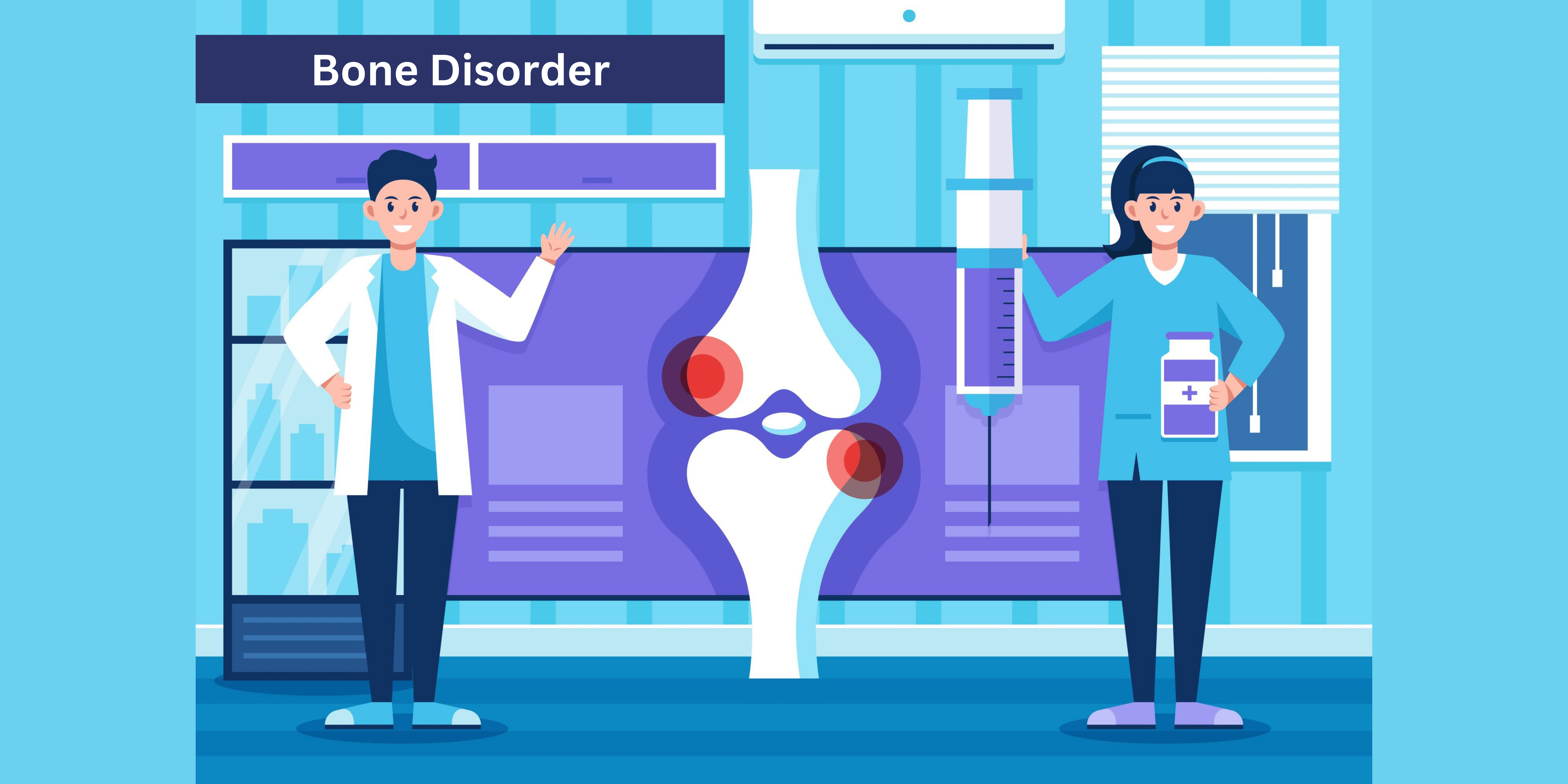Calcium and Bone Disorders

- Osteoporosis:
- Description: A common bone disorder characterized by low bone mass and deterioration of bone tissue, leading to increased fragility and risk of fractures.
- Causes: Aging, hormonal changes (especially in postmenopausal women), and insufficient calcium or vitamin D intake.
- Manifestations: Bone pain, loss of height over time, and an increased susceptibility to fractures, particularly in the hip, spine, and wrist.
- Hypercalcemia:
- Description: Elevated levels of calcium in the blood.
- Causes: Primary hyperparathyroidism, malignancies, excessive vitamin D intake, and certain medications.
- Manifestations: Fatigue, weakness, constipation, kidney stones, and in severe cases, altered mental status.
- Hypocalcemia:
- Description: Low levels of calcium in the blood.
- Causes: Hypoparathyroidism, vitamin D deficiency, kidney disorders, and certain medications.
- Manifestations: Muscle cramps, spasms, numbness and tingling in extremities, and seizures in severe cases.
- Rickets:
- Description: A childhood disorder characterized by impaired mineralization of growing bones, often due to vitamin D deficiency.
- Causes: Inadequate sunlight exposure, poor dietary intake of vitamin D, or malabsorption issues.
- Manifestations: Bowing of the legs, delayed growth, and skeletal deformities.
- Osteomalacia:
- Description: Softening of the bones in adults, usually due to a deficiency of vitamin D, calcium, or phosphate.
- Causes: Similar to rickets, often related to malabsorption or insufficient dietary intake.
- Manifestations: Bone pain, muscle weakness, and an increased risk of fractures.
- Primary Hyperparathyroidism:
- Description: Overactivity of the parathyroid glands, leading to excess production of parathyroid hormone (PTH).
- Causes: Usually caused by a benign tumor on the parathyroid gland.
- Manifestations: Hypercalcemia, bone pain, kidney stones, and weakened bones.
